What was this work about?
Coronary disease is a common cause of death in Finland and around the world, but also a typical example of a common and serious disease for which not enough has been done to prevent it.
Effective prevention of diseases reduces society’s healthcare costs and at the same time helps maintain the quality of life and functional ability of people. This requires timely identification of people in risk groups. However, the current risk indicators are inaccurate and insufficient. In light of new research data, many of these cases of disease could be prevented if those with an inherited risk were identified better and made aware of their increased risk.
As a solution to this problem, KardioKompassi® (Cardio Compass in English), a risk calculator taking advantage of a new type of digital genome data, has been developed in Finland. It is a web-based solution that exploits genome data (information obtained on the entire human genome) and combines it with traditional health data, such as information about lifestyle.
“The majority estimated that the information provided was fairly comprehensible and useful to them.”
With the help of KardioKompassi, people can themselves estimate their risk of developing cardiovascular disease. What makes KardioKompassi unique is that it combines different types of information to create a basis for an easy-to-use analysis.
The results of a pilot scheme were encouraging and the feedback received from the participants was extremely positive. KardioKompassi was part of the work in the now completed Solutions for e-well-being project.
The leader of the project, Tuula Tiihonen from Sitra, says that one of the objectives of KardioKompassi was to show that it is possible to produce such a digital tool and in such a way that the information has already undergone analysis by the time the user receives it.
“We also wanted to find out what people think when they find out their risk of developing a cardiovascular disease,” says Tiihonen.
“The majority estimated that the information provided was fairly comprehensible and useful to them. Only a few found the knowledge daunting. The results challenge the view that people do not want to know about their genetic heritage and that the information can only be ordered and forwarded to people by doctors.”
How did this work proceed?
In 2014 and 2015, Sitra funded a KardioKompassi pilot project where the concept was tested for the first time involving about 200 study participants. The results of the pilot project were presented in December 2015.
One of the challenges in this work has been how the information about the genetic test results and calculated risks can be forwarded in a form that is comprehensible and precise enough. Customer feedback has played an important role in the further development of the tool.
Who was involved?
The project was implemented by the Institute for Molecular Medicine Finland (FIMM) and the Blood Service of the Finnish Red Cross. Sitra funded the project.
What was achieved?
Based on what was learned in the pilot project, the next version of KardioKompassi was introduced at the beginning of 2015 on a considerably broader scale, as part of the academic GeneRisk research project co-ordinated by FIMM.
The information about the personal risk of developing a cardiovascular disease within the next 10 years will be returned through KardioKompassi to those who participate in the study.
The partners of the GeneRisk study across Finland (Kymenlaakso Social and Health Services, Mehiläinen Oy and the Blood Service of the Finnish Red Cross) are currently collecting samples. The objective is to recruit 10,000 study participants by 2018. More than half have already been recruited and the participants have all received a risk assessment through KardioKompassi. The study attracted a considerably larger number of volunteers than it was possible to admit.
“I would say that now we already have quite a lot of experience in what handling and interpreting this risk information is like. Our intention is to proceed in stages: we tried the concept in the first pilot and later scaled it up and concluded that the same will also work on a larger scale,” says Senior Researcher Elisabeth Widén from the Institute of Molecular Medicine Finland, FIMM.
What will be the significance of this work in future?
According to Elisabeth Widén, cutting-edge genetic research has for years been conducted in Finland and we are now among the first countries in the world to integrate genetic research into healthcare. One example of proof of our pioneering role is the national genome strategy that was completed in 2016.
“KardioKompassi is an example of how genetic risk factors are taken into account together with traditional risk factors in the prevention of cardiovascular diseases. In our view, just now is the right moment to seek international co-operation,” says Widén.
Many different operators from various countries have already expressed their interest in KardioKompassi, and commercial opportunities for the concept are currently being sought.
According to Elisabeth Widén, “the prevention of diseases in one of the megatrends in healthcare. The basic idea of KardioKompassi is to improve people’s quality of life and functional ability while also saving costs to society. At the same time, providers of health services can focus their resources more precisely as the risks are known better.”
The span of the GeneRisk study is 20 years, so matters associated with the relationship between health and genetic heritage, such as how the information obtained about the risks will affect how people behave, will be monitored long after the information has already been gathered.
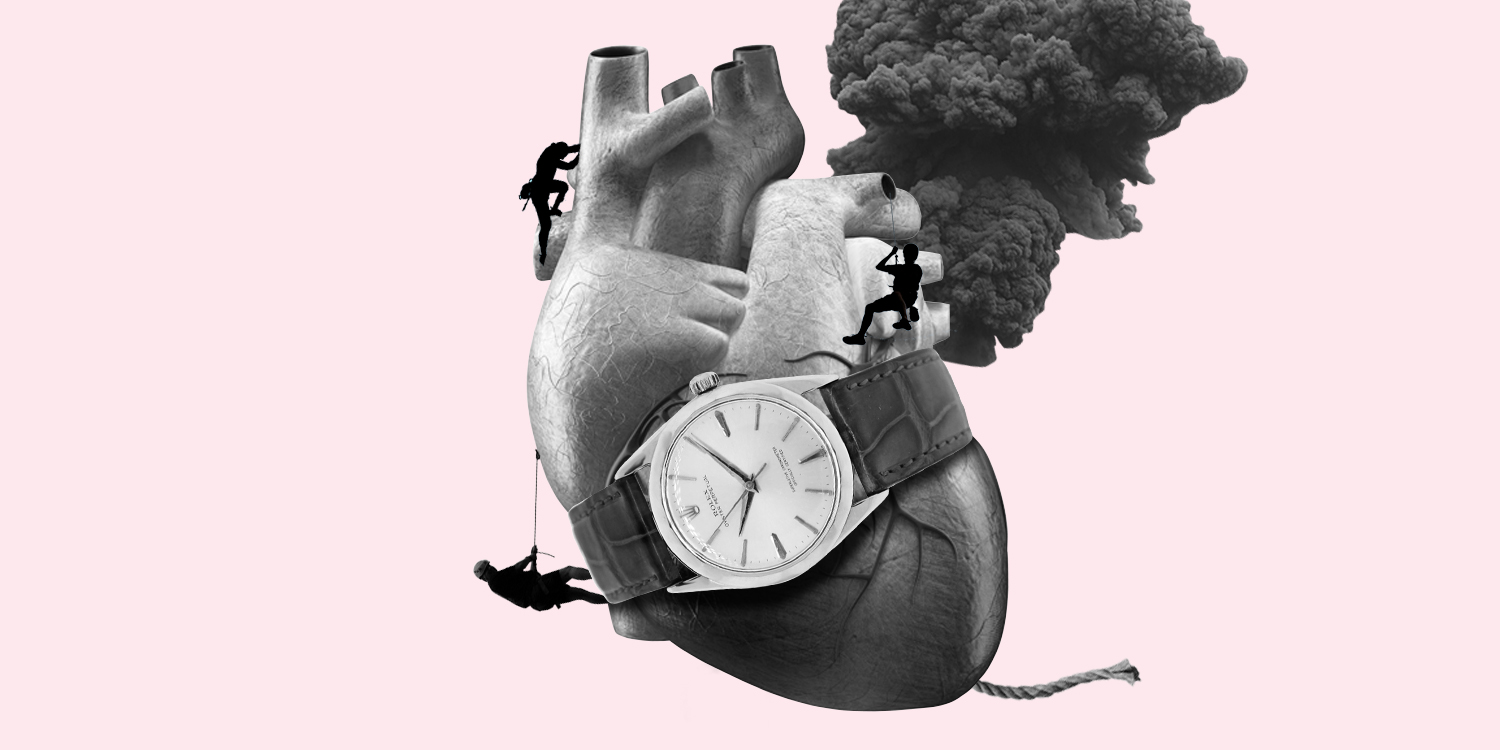





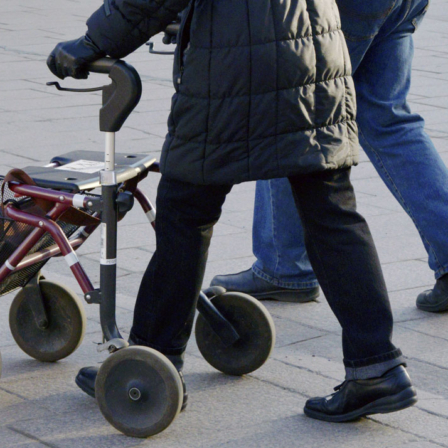







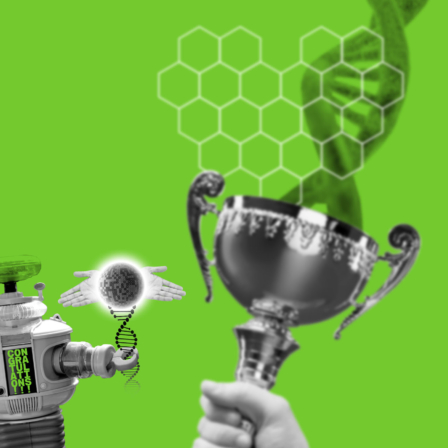
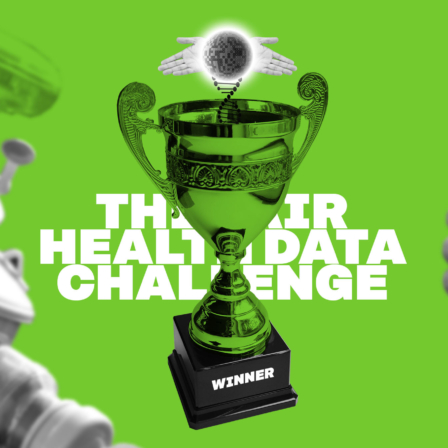
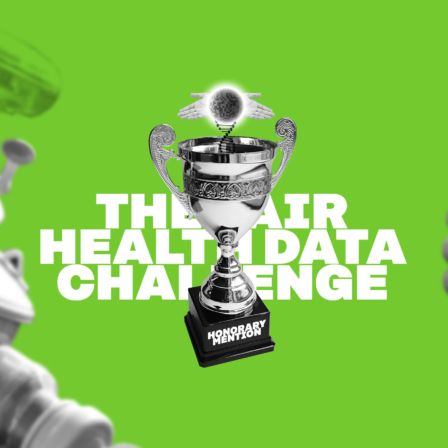




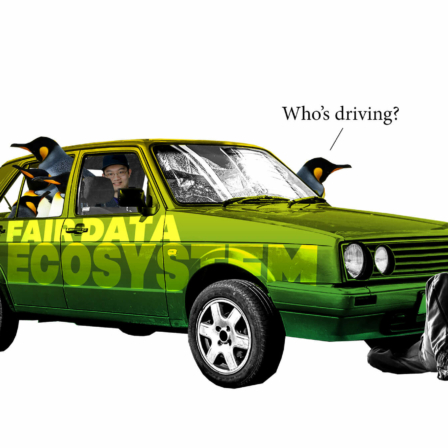
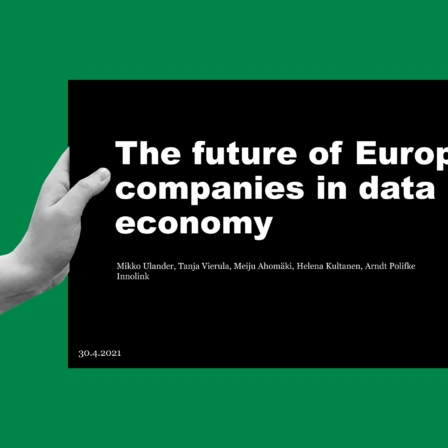


Recommended